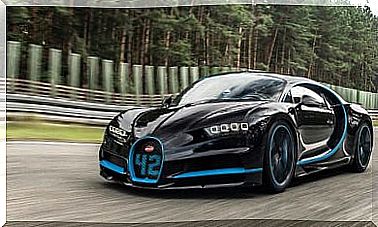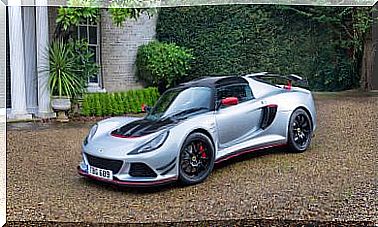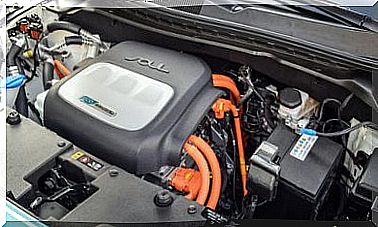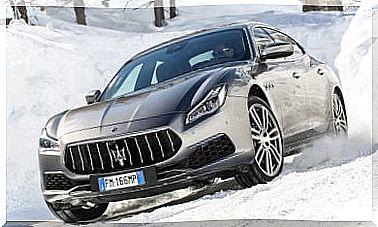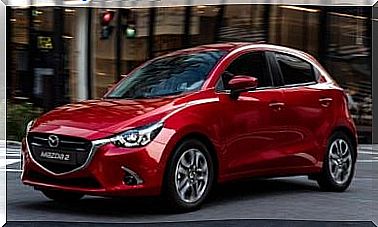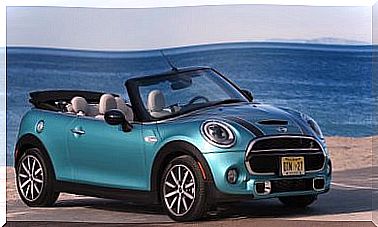Volkswagen Corrado, A Sports Car With An Identity Crisis
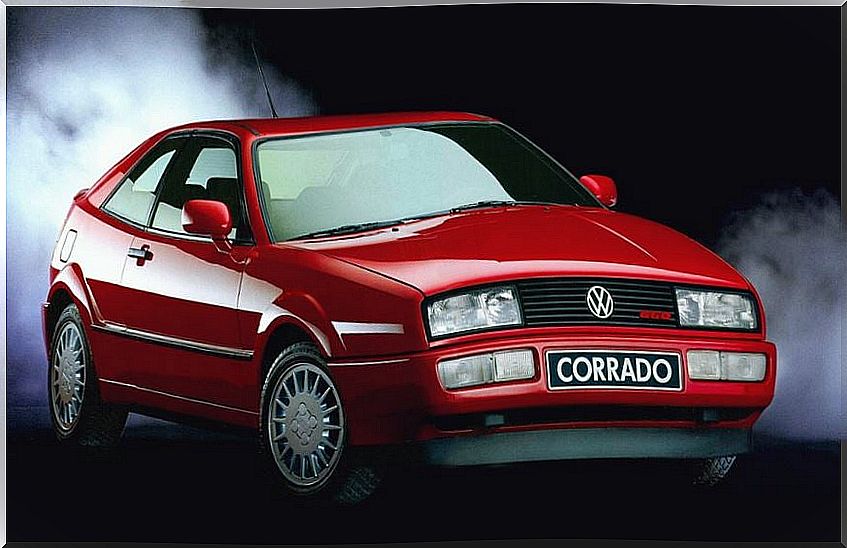
At the end of the eighties Volkswagen found itself in the position of revamping one of its most successful compact sports cars, the Scirocco II. Given the change, it was decided to develop a cheaper product whose watchword was more performance and lower consumption. The project led to the Volkswagen Corrado, the company’s plan B.
Building on the Passat III and the new Golf II, the new Corrado was intended as an aspirational product for young drivers. However, the scale of the project raised its selling price to levels equivalent to those of a BMW 5 Series. It cost DEM 42,500 – 3,615,552 ptas – at the time.
The high cost problem was detected too late. Initially, the car had to be the third generation of the Scirocco, a car capable of equipping the brand’s highest technology. Among the most characteristic elements are the automatic retractable spoiler.
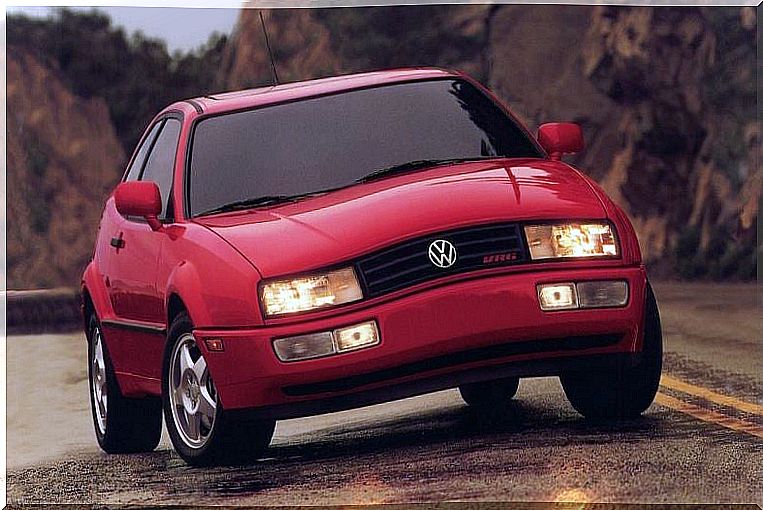
At first, the German firm had planned to sell more than 20,000 units per year, following in the footsteps of the Scirocco II. However, the Volkswagen Corrado never reached this estimated sales level, as we detail at the end of this article.
Unfortunately, with the crash in price that Corrado experienced in the second-hand market, it made it another victim of tuning . Today it is difficult to find units that have not received some questionable modification.
Simple but different design
On an aesthetic level, the Volkswagen Corrado drank from the design language that the firm opted for during the 90s. This translates into a body composed of flat, simple surfaces and rounded edges, nothing surprising. However, that fall with the truncated tail gives it a differentiating appearance.
The low and prominent front was highlighted by the huge windshield drift located under the bumper, while its small grille went from the initial seven slats to four in the last ones. As we said, the most outstanding element of the design of the Volkswagen Corrado is given by the fall of the roof, although this did not subtract much interior space.
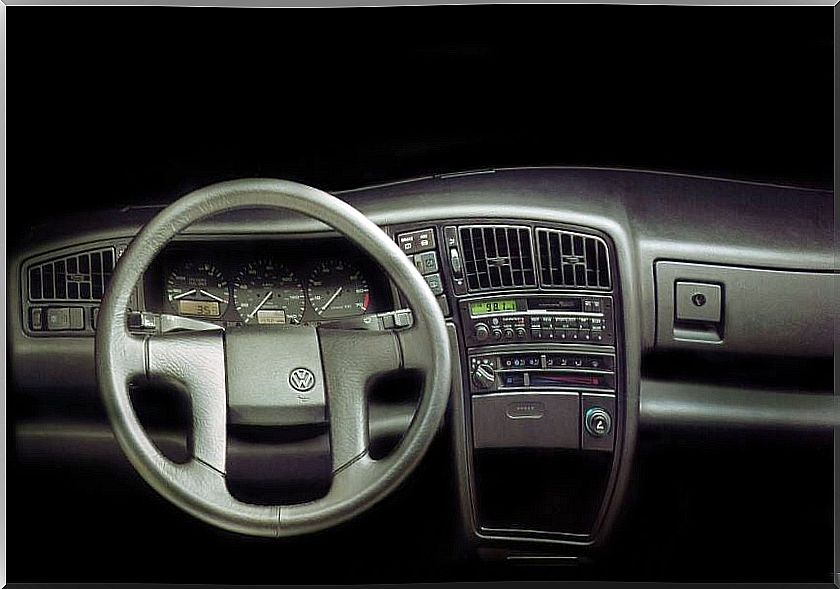
To the delight of many, the Corrado was a practical sports car in the strictest sense of the word. It had a cabin suitable for four occupants, and although the passengers in the second row had less space, it offered much more than the rest of coupes on the market.
It also had a 235-liter boot, which despite not looking like much, the shapes of the cargo area made it usable. In addition, the option of reclining the rear seats added a plus of practicality. It was in the interior where Volkswagen took pains, specifically with the equipment.
Still sharing design components with the Passat, the Corrado could equip central locking, electric mirrors, air conditioning, power steering, sports seats and ABS brakes among others. The brakes were ventilated 280mm discs at the front and solid at the rear.
Wide mechanical fan
Despite the sporty approach that Volkswagen treated and advertised the Corrado with, it had a varied mechanical offering that ranged from modest four-cylinder powerplants to massive three-liter engines. Not all were available in our country.

The most basic ones used eight-valve engines, but they never reached Spain. If they did the 16v, shared with the Golf and with a power of 139 hp from a 1.8-liter. At the top of the range was the famous Corrado G60 for years , with 160 hp.
The G60 used the same 16v engine as the previous one, but added a volumetric compressor that increased power and offered instant torque. This eliminated the much-feared turbocharging lag . It offered full power from 1,500 laps, and accelerated to 225 km / h without ruffling.
Sadly, the G60 earned a reputation – wrong – as unreliable. The problem of this resided, of course, in the compressor. If the oil was not allowed to heat sufficiently, the compressor could break down if speed was demanded. As usually happens, everything is solved with proper maintenance.
Volkswagen Corrado VR6, the most desired
Later the famous Corrado VR6 would land, with a closed vee, 12v and three-liter six-cylinder engine that delivered 190 hp in Europe, but which in North America was reduced to 174 hp due to the use of larger catalysts. The VR6 landed in our territory in 1992 with a prohibitive price of almost five million pesetas.
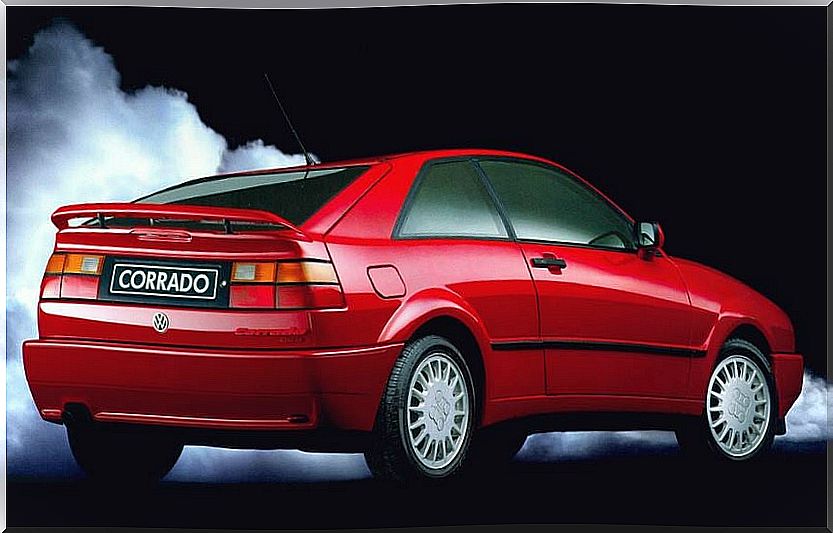
The Corrado VR6 set a time of 9 minutes and 24 seconds at the Nürburgring Nordschleife at an average speed of 131 km / h, quite a feat.
Business failure
If we look at the production figures that Volkswagen has used for decades, the Corrado adventure can be considered a resounding failure, having produced 97,621 units in six years. Part of the blame falls on the high price, unaffordable for the public to whom the car was focused.
The good side of this whole thing is that, from the moment in which the production of the Volkswagen Corrado was stopped, the brand has always offered a compact with sports tints in its range. For years this was the case thanks to the GTIs, but in 2008 everything changed when the third Scirocco, based on the Golf, landed.
In conclusion, the Corrado can be considered a niche product that did nothing more than enhance Volkswagen’s image around the world. It was not a car that motorized the masses, far from it, and despite the minimum benefit that it reported to the brand, it is one of the most beloved classics in the history of Volkswagen.

